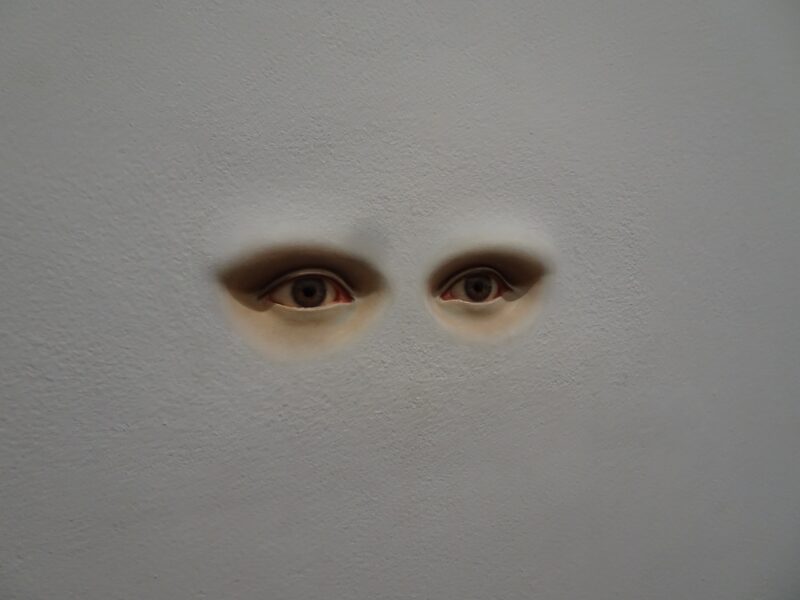Strange Beauty Devices Through History That Were Just Plain Weird
November 15, 2024

Beauty has always been a subject of fascination, and throughout history, beauty standards have evolved dramatically. From ancient rituals to modern trends, the quest for beauty has inspired a wide variety of devices and treatments. Some of these beauty devices, however, have crossed the line from innovative to downright weird. In this article, we explore strange beauty devices throughout history that make us raise an eyebrow.
1. The Ancient Egyptian Khol Pencil
The ancient Egyptians were pioneers in the world of beauty, creating various cosmetics to enhance their features. One of the most peculiar beauty devices was the khol pencil, used to apply kohl, a mixture of soot, malachite, and other minerals around the eyes. But what makes this device strange?
Unlike today’s pre-packaged eye products, ancient Egyptians used bones or wood sticks to apply the mixture, which not only made their eyes look dramatic but also offered protection against the harsh desert sun and bugs. While the results were stunning, the method was bizarre, highlighting how beauty rituals were sometimes more about survival than aesthetics.
2. The Corset – A Victorian Era Classic
In the Victorian era, women wore corsets to achieve an exaggerated hourglass figure. These devices were tightly laced around the waist, sometimes leading to health problems. Women of that time sacrificed comfort for a certain beauty ideal.
Corsets, made of whalebone, steel, or even leather, were often so constrictive that they restricted normal movement and made breathing challenging. The lengths women went to achieve that desired silhouette are indeed a testament to the strange beauty standards of the period.
3. The Face Bra
Fast forward to the 21st century, and we see face bras hitting the market as beauty gurus searched for ways to combat sagging skin. The face bra isn’t quite like it sounds; it consists of two silicone cups with straps that secure around the head and are supposed to lift and tighten the skin.
While that might sound modern and innovative, the concept raises an eyebrow. Many feel it’s just another strange and comical device in the pursuit of youthful appearance, reminding us of the lengths some people are willing to go for beauty.
4. Victorian Era Eye Makeup – Lead-Based Products
During the Victorian era, many women used lead-based makeup to achieve a fair complexion. Popular products included ceruse, a lead carbonate paint used as a foundation. It provided an unnaturally pale look and was touted as a beauty ideal.
Unfortunately, the consequences of using such substances were dire, with skin conditions and even death being a possibility from prolonged exposure. Ironically, while the pursuit of beauty was so important, the means employed were extremely hazardous and illustrated a lack of understanding of health.
5. The Hair Shirt – A Self-Punishing Beauty Device
In the medieval ages, some individuals turned to extreme measures like wearing hair shirts to improve their beauty by punishing their imperfect selves. This itchy, irritating garment was made of coarse hair and was worn directly against the skin.
The rationale? Enduring self-inflicted pain could cleanse the soul, and in turn, enhance one’s beauty. This strange beauty practice revolved around the warped idea that suffering would result in greater inner and outer beauty.
6. The Back-to-Earth Rock Crystal Beauty Treatments
In recent years, beauty gurus have embraced the philosophy of using natural materials, including rock crystals, to enhance beauty. While this trend may sound eco-friendly, some of the claims regarding crystal healing are incredibly eccentric.
Many individuals have turned to crystals for everything from smoothing wrinkles to increasing energy levels. Though it may have ancient roots, the logic behind the efficacy of these ‘beauty’ treatments varies widely, making it another odd entry in the historical beauty device archive.
7. The Electric Face Mask
We often see electric devices make their way into the beauty industry, but the electric face mask takes things to a new level. This device looks like a regular face mask but comes equipped with wires and sensors that provide electrical stimulation to the facial muscles.
While some users believe this treatment stimulates facial collagen production and delivers salon-like results at home, it often raises questions. Many find such a device difficult to rationalize, as it combines beauty with technological advancement in a rather unexpected way.
8. The 19th Century Tooth Blackening
Strange beauty practices also existed in the world of dental aesthetics. In various cultures, particularly in 19th century Japan and parts of Southeast Asia, blackened teeth were a beauty standard, considered attractive and a symbol of maturity.
Women would use a solution of iron filings mixed with vinegar to stain their teeth black. In a time where white teeth were a sign of wealth and status elsewhere, it highlights how beauty standards can really be subjective and culturally relative.
Conclusion
Beauty is an evolving concept that continually shifts based on social, cultural, and historical contexts. Throughout the centuries, devices and practices that seemed strange or eccentric have become a critical part of beauty rituals, sparking both intrigue and horror.
While society has moved past some of these bizarre beauty devices, others linger on or are reinvigorated in modern forms. Understanding the fascinating history of these odd beauty standards can help us appreciate how far we’ve come in our quest for beauty – hopefully toward healthier and more sensible practices, both physically and mentally.








